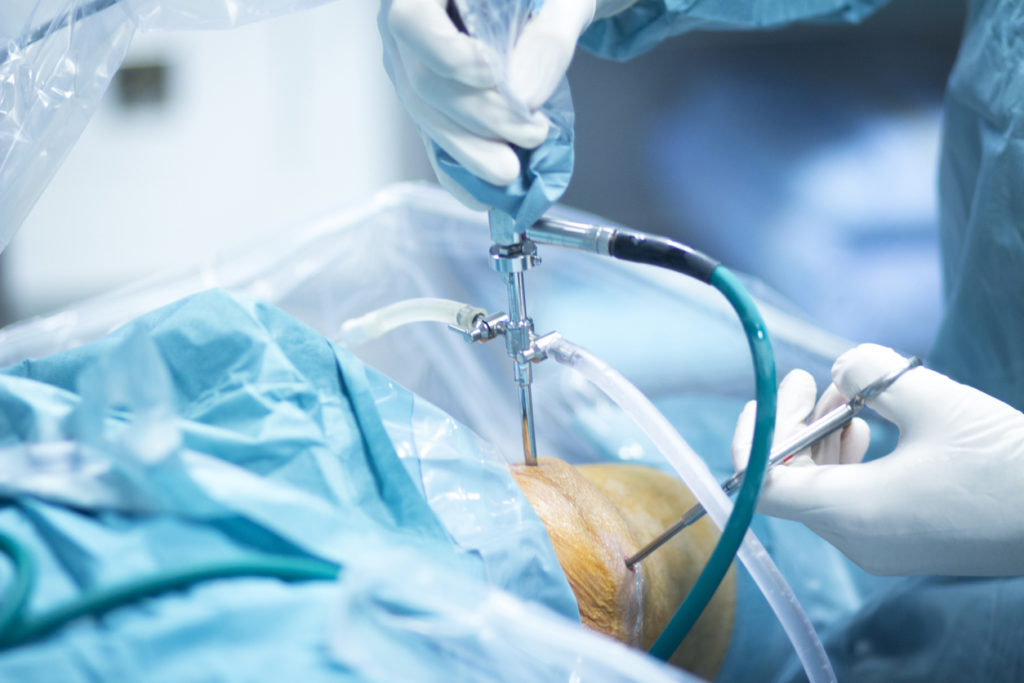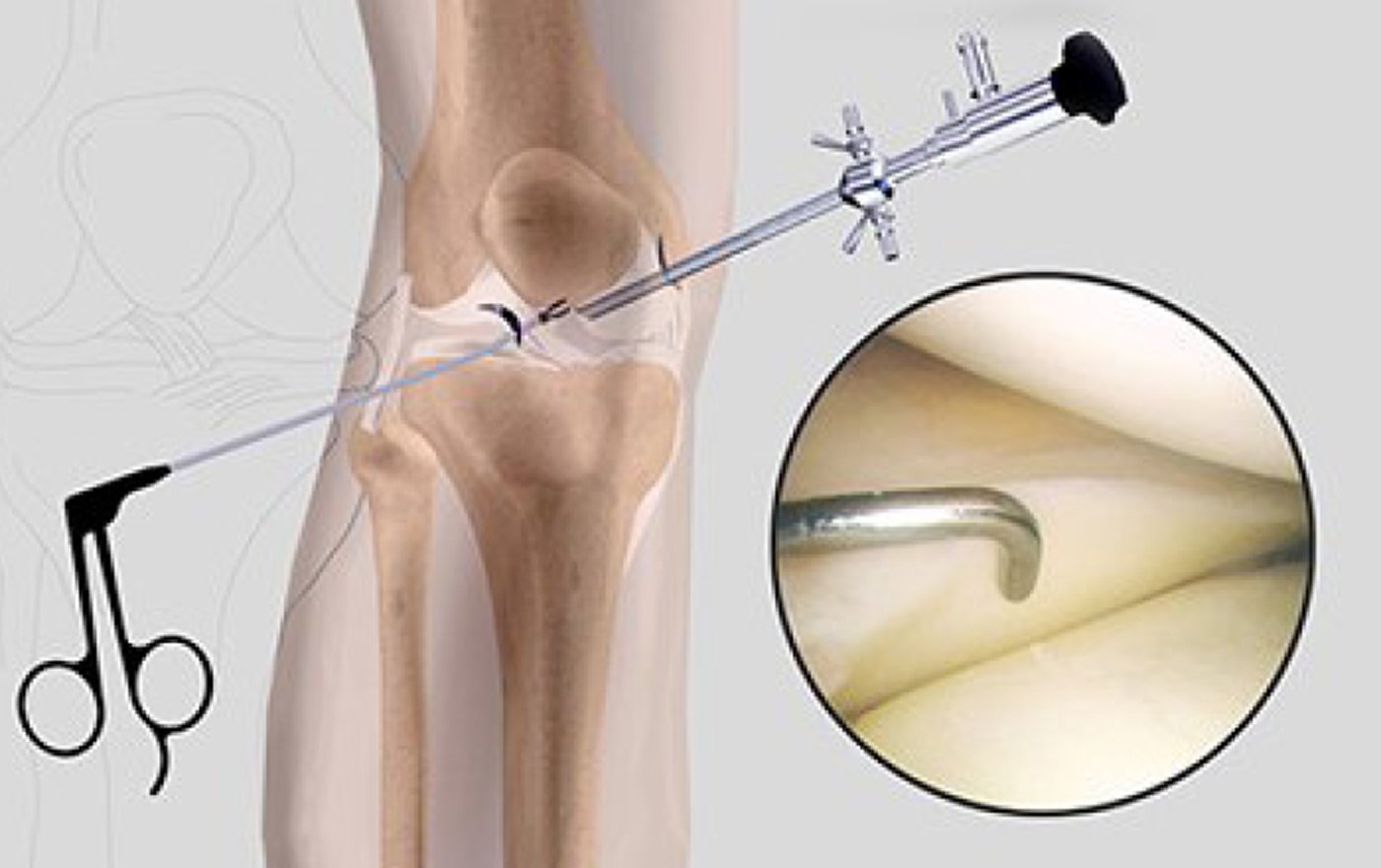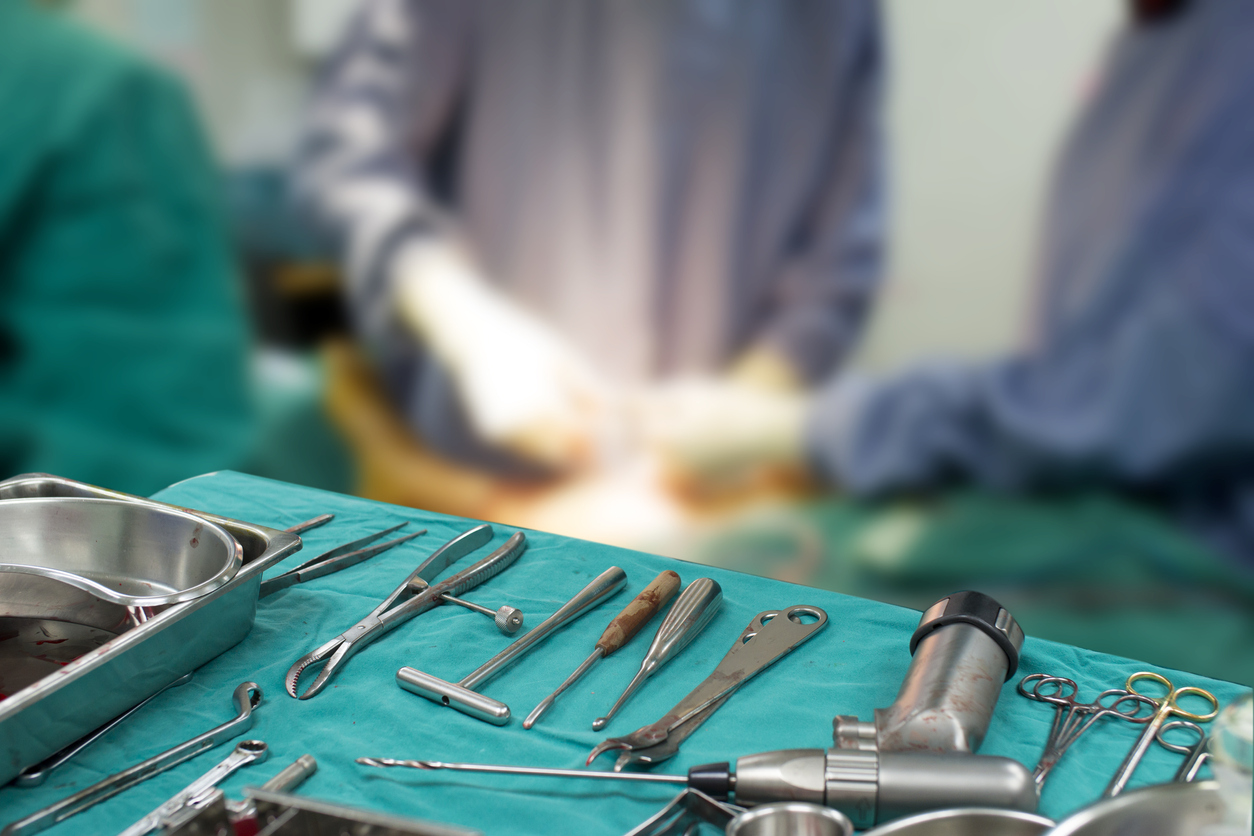Best Arthroscopic Surgeon In Chennai
Anyone would want the best arthroscopic surgeon in Chennai. Arthroscopy is a procedure used to diagnose and treat joint disorders. Through a small incision the size of a buttonhole, a surgeon inserts a slender tube connected to a fiber-optic video camera. A high-definition video display receives the view from inside your joint.
Arthroscopy is used to treat meniscal, ligament, and cartilage tears. This is a minimally invasive operation that is carried out through very small incisions using specialised pencil-thin surgical devices. It allows the surgeon to view inside the joint without having to make a large incision in the knee. The surgeon can view into your joint using arthroscopy without making a major incision.
Arthroscopy can be performed on any joint. It is most commonly performed on the knee, shoulder, elbow, ankle, hip, or wrist.

Pre-Arthroscopy procedure
Tell your doctor about any medications or vitamins you are taking before undergoing an arthroscopy or any other operation. All jewellery, watches, and other valuables should be left at home. Wear comfortable and loose clothing put on and take off.
Unless your doctor instructs you otherwise, do not drink or eat anything the night before your arthroscopy. Before you go in for the surgery, they'll offer you some soapy sponges to scrub your knee or shoulder with. Have a companion to accompany you throughout the treatment process.


During the arthroscopy procedure
Arthroscopy surgery will be performed in a hospital or outpatient operating room by your doctor. The sort of anaesthetic you'll receive is determined by the joint and the ailment that your surgeon detects. It could be general anaesthesia (you'll be sleeping during surgery), or it could be administered through your spine by your doctor. Sometimes the area is numb for easy patient experience.
Your doctor will insert special pencil-thin equipment through a buttonhole-sized cut (incision). They employ an arthroscope with a camera lens and a light. It enables them to look inside the joint. A picture of the joint is projected onto a screen by the camera. To make the joint more visible, the surgeon will fill it with sterile fluid.
Recovery procedure for arthroscopy
When the arthroscopy is finished, you'll be transferred to a recovery room to relax for an hour or more. You may experience joint pain following surgery. Your doctor may advise you to take pain relievers and exercise. They may also prescribe aspirin or other blood clot prevention medicines.
To decrease swelling, apply ice during the first 24 hours. Elevate your leg if you've had knee arthroscopy to relieve pain. Take pain killers as directed and avoid drinking. As you heal, you may require crutches, a splint, or a sling for support.
Arthroscopic surgery is less likely to cause joint pain and stiffness than open surgery. Recovery also takes less time in general.
Small puncture wounds will appear where the arthroscopy tools were inserted into your body. You may be able to remove the surgical bandages and replace them with thin strips to cover the incisions the next day. After a week or two, your doctor will remove non-dissolvable stitches.
- Fever
- Pain that worsens
- Swelling that is severe
- Tingling or numbness
- Seeps of discoloured or odorous fluid from a wound
Contact your doctor immediately, if you suffer from any of the below mentioned
Why choose Kunal Patel as the best arthroscopic surgeon in Chennai?
- Over 5,000 + Surgery performed
- Orthopedic and joint surgeon at The Apollo Hospitals
- One of the Specialized and best arthroscopic surgeons in Chennai

